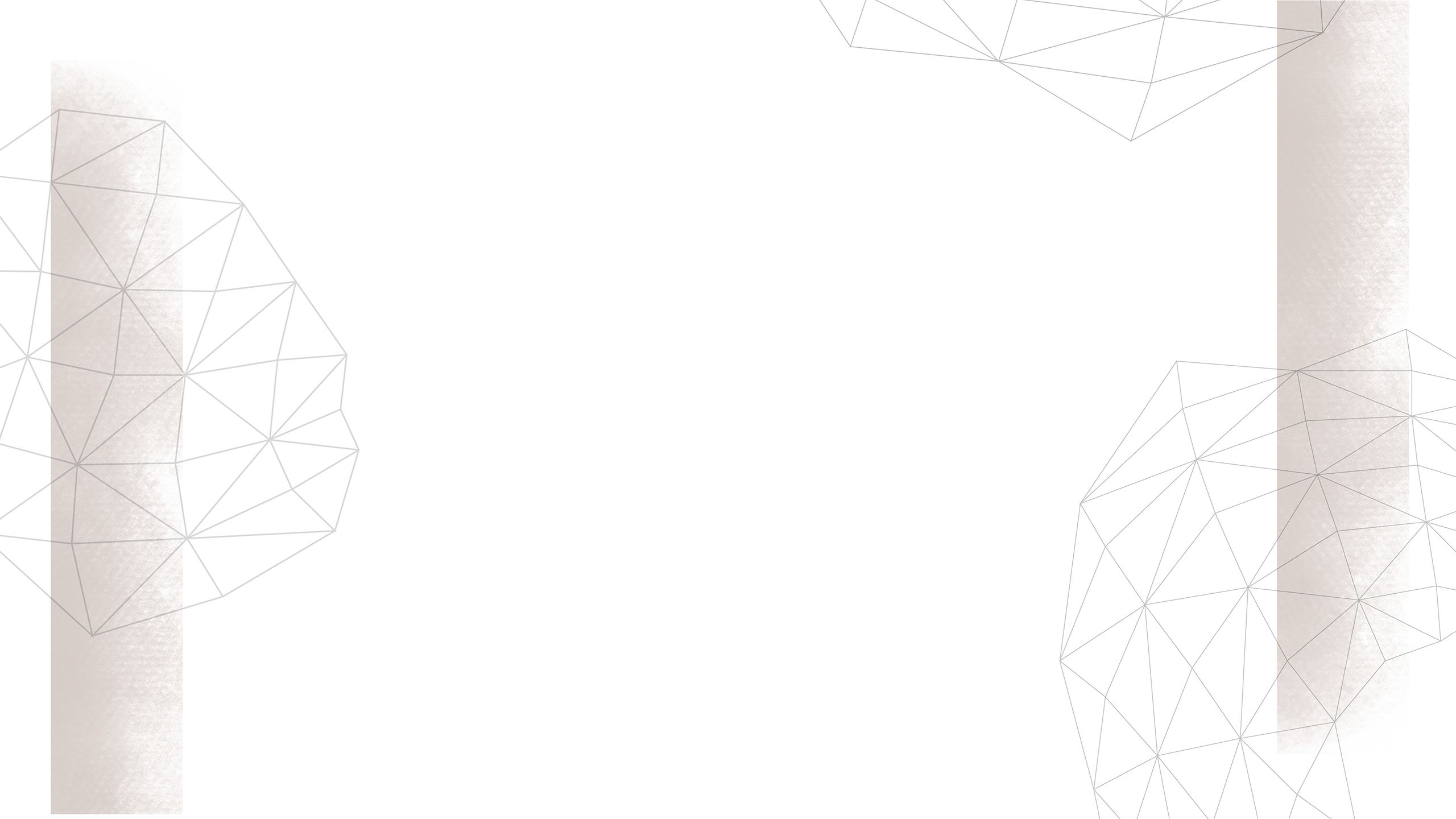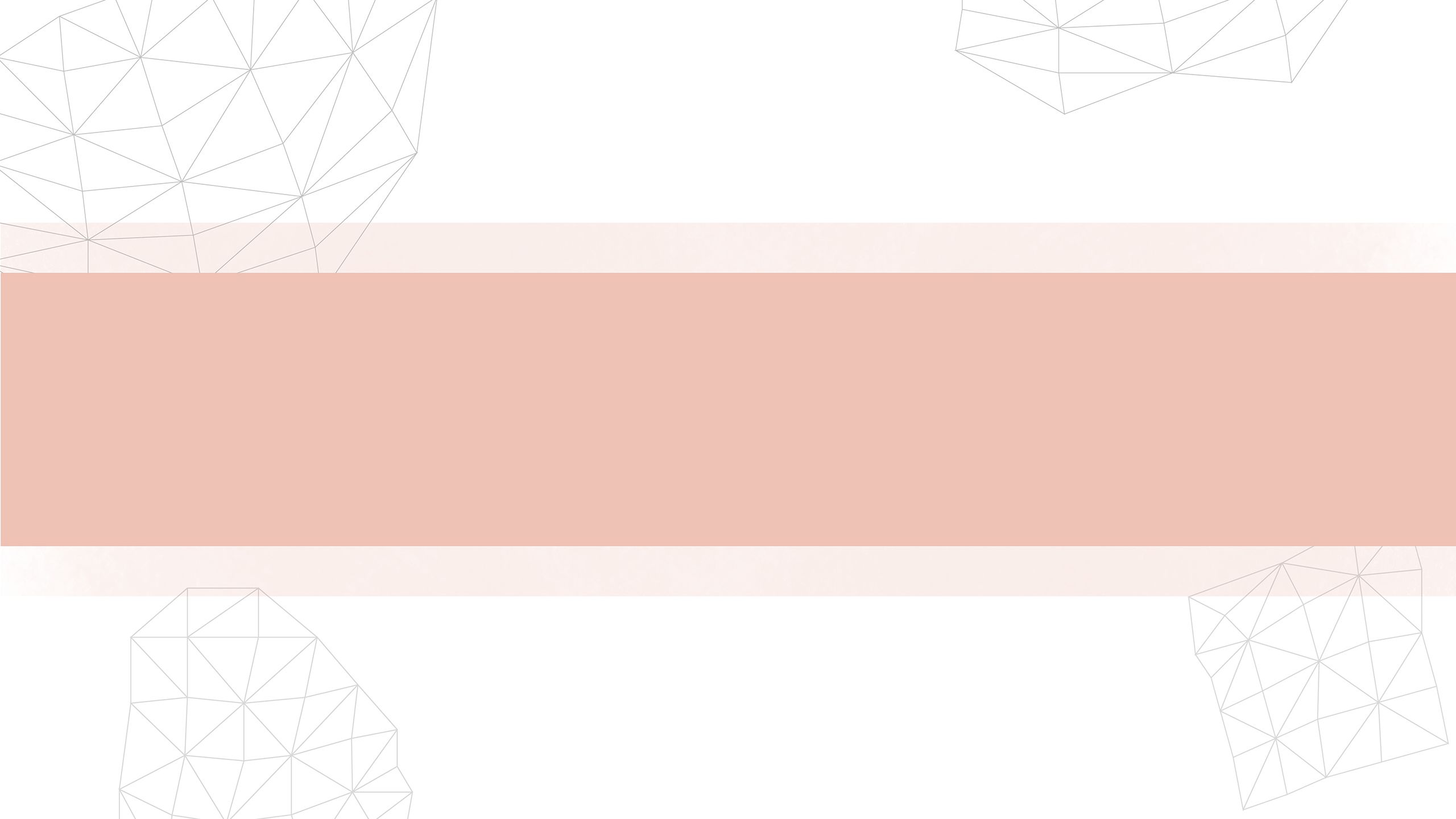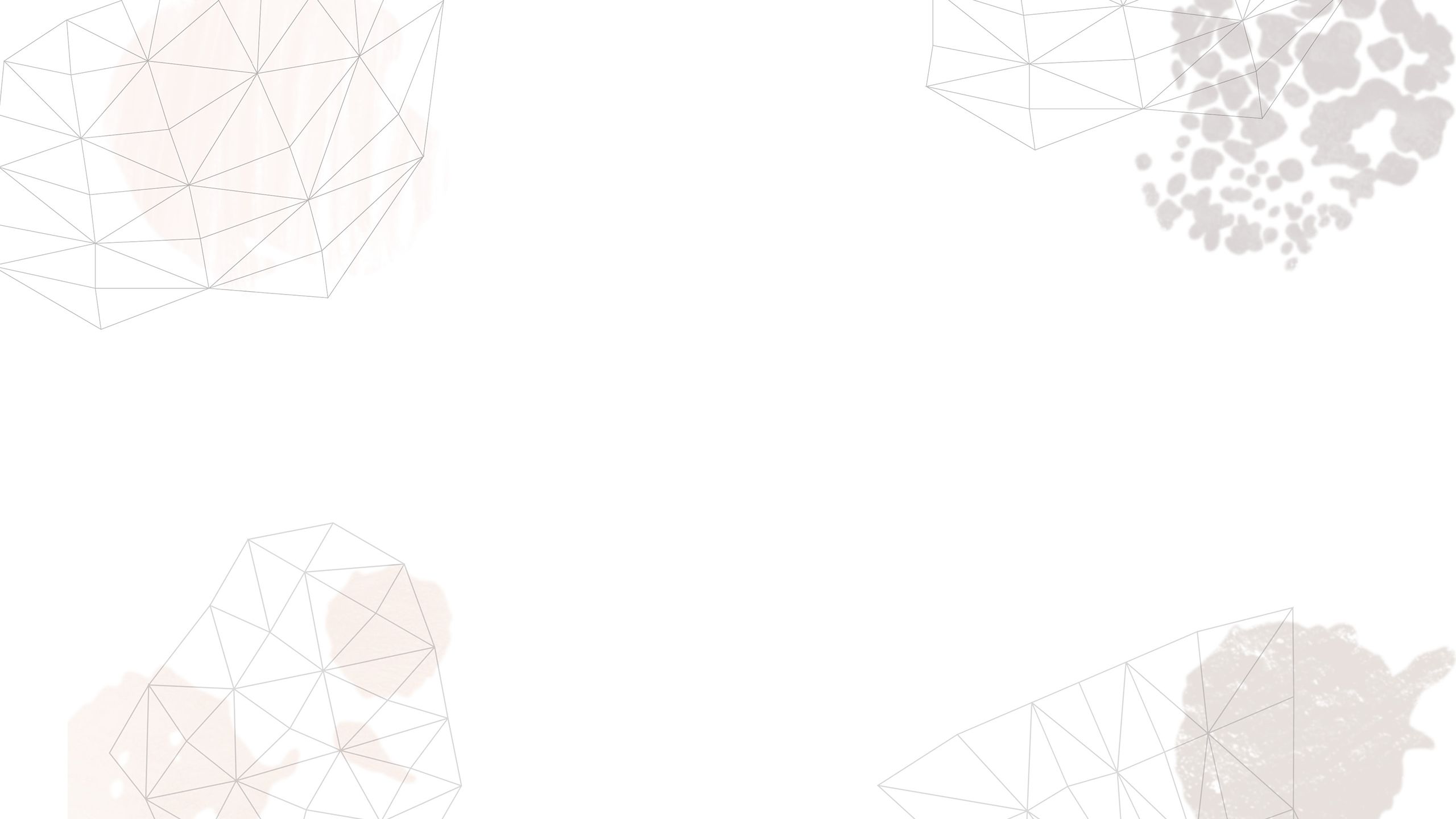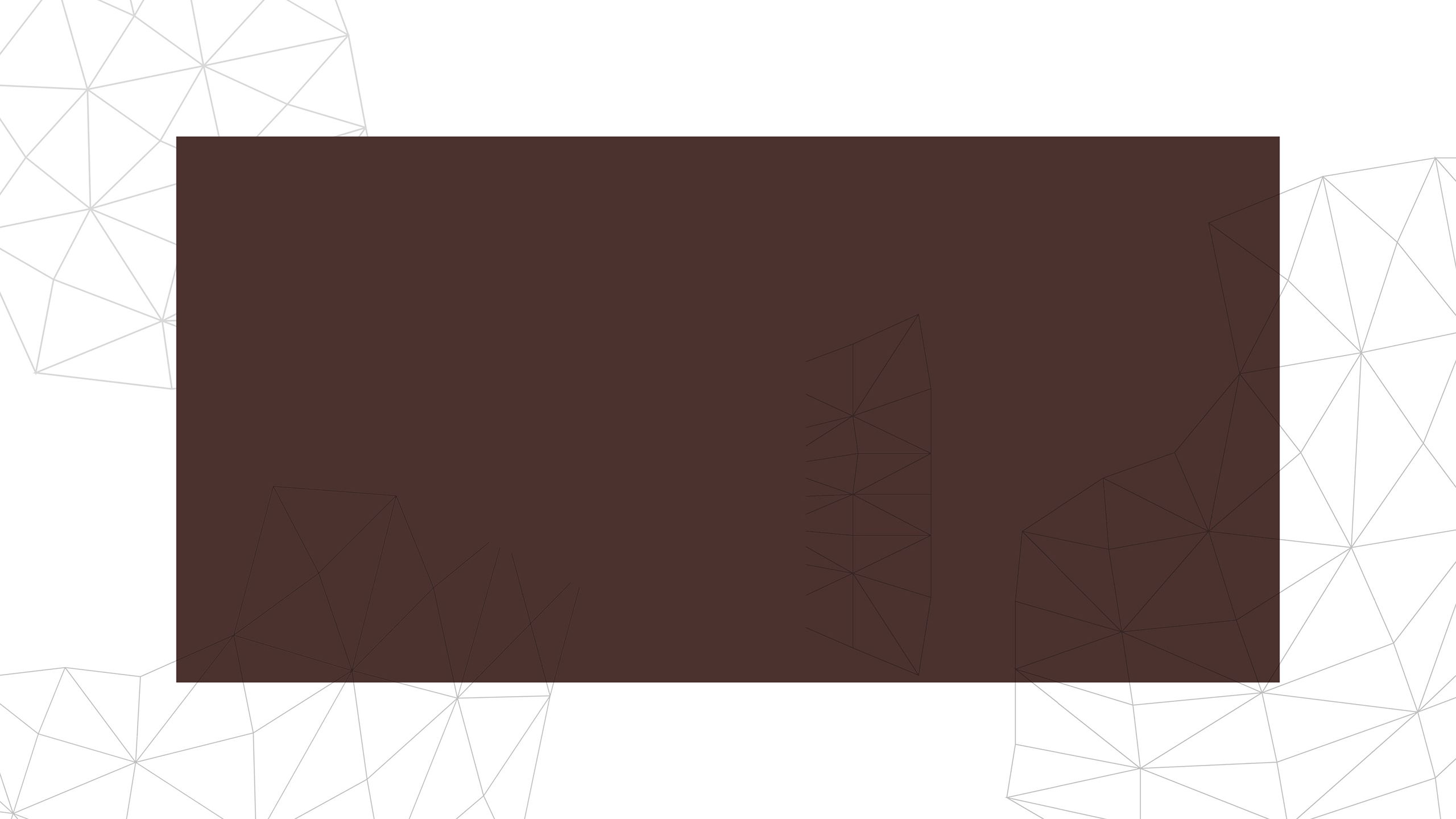I’m Still Me
Rebecca’s story

About Rebecca
Portrait of Rebecca by Jenny Mather (gouache on canvas) 40 x 51 cm
Portrait of Rebecca by Jenny Mather (gouache on canvas) 40 x 51 cm
Rebecca was an NHS nurse for 23 years and has extensive clinical experience. She was the first participant in IMPRESSeD.
Rebecca has always been keen to help others with similar conditions, and after the study was finished, Rebecca co-produced I’m Still Me.
She participated in the idea generation workshop - ensuring the project had patient-centred objectives and messages. She was keen to share her experiences to raise awareness of the impact of head and neck cancer and the emotional impact it can have on a day-to-day basis.
Rebecca’s diagnosis

In 2019, I noticed a small lump near my eye. The doctors initially thought my tear ducts might be blocked, but after a course of antibiotics, they scanned me.
They found a large tumour (an adenoid cystic carcinoma) which had grown into my bone and nerves. It was a big shock as I didn’t have any lifestyle factors that might have suggested cancer. I had quite vigorous facial surgery. You consent to treatment, but it feels like you lose control, and you wonder what you’ll wake up to.
During my initial surgery, the surgeons removed my cheekbone and part of my nose and rebuilt this area with metal plates. I then had radiotherapy and chemotherapy because the tumour was so close to my optic nerve. After the radiotherapy, the skin broke down and turned into a hole. The surgeons tried numerous times to rebuild my face but many operations failed.
Rebecca’s Cancer Journey by Jenny Mather (gouache on canvas) 150 x 50 cm
Rebecca’s Cancer Journey by Jenny Mather (gouache on canvas) 150 x 50 cm
In the end, the lack of support to my eye and face meant my surgeons had to remove my eye. I resisted that for a little while, as I found the idea too hard. It’s been a traumatic journey, considering I initially thought it was just a blocked tear duct.
There have been times I wished I’d needed a double mastectomy instead, so I could have kept my journey private and not had to answer daily questions from passers-by or dog walkers. You wouldn’t go up to somebody else and ask, “how did you lose your leg?” But because it’s my face and it’s a main focal point, people look at you and ask, “What happened there?” I wanted to hide my face, ashamed for the scars.
Rebecca’s prosthesis

Throughout my cancer treatment, I had a couple of small facial prostheses made followed by an eye prosthesis. I had to become friends with my prosthesis before I could take it out of its box. It just sat there for a while. I would wonder, “Who is the prosthesis for? Me or the public?”
A prosthetic arm or leg would be functional, but I can’t see out of my prosthetic eye. We have our prostheses made to fit in with the world, but sometimes you feel you’re not the real you anymore. The real you is when you take the prosthesis off indoors, but you hide that from the world.
Over time, I started wearing my prosthesis and found it better than I anticipated. It gives you back your face and my children love it. You get a bit of you back when you look in the mirror, though my brain has had to adjust.
Extract from Trek for Changing Faces by Jenny Mather (gouache and collage on canvas)
Extract from Trek for Changing Faces by Jenny Mather (gouache and collage on canvas)
You need to touch your face and get to know the “new” you. I don’t like having to glue the prosthesis on; I get anxious that it might fall off and I worry about people looking. It’s one thing getting used to it at home, but when you step out of the front door you find a world where people stare and look. Hopefully my confidence will grow in time.
During IMPRESSeD, I had a prosthetic eye made using traditional moulding and another using digital scanning. The traditional moulding was challenging, as my face was sore and the material had to be put on my crumbling and sensitive face. I felt like I needed a break from it sometimes.
The digital scanning was so easy in comparison; the results are incredible and it has felt like a really positive step forwards. The scanning wasn’t as invasive as moulding and a digital process might mean less visits to the hospital.
“A prosthetic arm or leg would be functional, but I can’t see out of my prosthetic eye.”
After cancer treatment, it takes a lot of psychology and work to get used to your new face and feel comfortable with your scars. As a woman, you want to look nice. I try to put on a happy face and tell people, “I’m fine” but I’m left with skin grafts and scars and I’ve found that tough. I didn’t feel like I’d seen many public campaigns concerning head and neck cancer and that needs to change.
There’s still a big stigma for women around not looking perfect, and I feel I don’t fit into that perfect world anymore. I would say to others in similar situations that you’ve just got to get through the storm; stay positive and it will pass.
About Rebecca’s artwork

Portrait of Rebecca by Jenny Mather (gouache on canvas) 40 x 51 cm
Portrait of Rebecca by Jenny Mather (gouache on canvas) 40 x 51 cm
Portrait of Rebecca
By Jenny Mather (gouache on canvas)
In the Portrait of Rebecca, Jenny has depicted Rebecca holding photographs of her daughters in her left hand close to her heart, to demonstrate the importance of family and social connections in rehabilitation.
In her right hand, Rebecca holds her empty prosthesis box as she chooses to wear her prosthesis and focus on the future. Jenny wanted this artwork to convey hope yet vulnerability.
Extract from Rebecca’s Cancer Journey by Jenny Mather (gouache on canvas)
Extract from Rebecca’s Cancer Journey by Jenny Mather (gouache on canvas)
Rebecca’s Cancer Journey
By Jenny Mather (gouache on canvas)
The panoramic painting, Rebecca’s Cancer Journey, describes Rebecca’s complex four-year medical and emotional rollercoaster through cancer treatment and rehabilitation.
Jenny has depicted Rebecca’s medical interventions as shards of broken mirror which are held in balance by images of her hopes and dreams. Together, the images in the artwork represent the impact of the loss of Rebecca’s “known” face and the transition towards her “unknown” face.
View the panoramic painting in its entirety (opens in a new window)
Extract from Trek for Changing Faces by Jenny Mather (gouache and collage on canvas)
Extract from Trek for Changing Faces by Jenny Mather (gouache and collage on canvas)
Trek for Changing Faces
By Jenny Mather (gouache and collage on canvas)
In the third artwork, Trek for Changing Faces, Jenny has celebrated Rebecca’s Himalayan trek where she fundraised for Changing Faces, a charity that supports people with visible differences.
Jenny chose a vertical canvas to emphasise this adventure and added textures using collage. Rebecca provided cuttings from an advertising flyer and Jenny added fragments of handmade Himalayan paper and scrapings of Himalayan rock collected by Jenny while trekking years ago. Jenny has included Rebecca’s companions as vital supporters, which also represent the family, friends, medical staff and I’m Still Me team who have all accompanied her at various stages on her journey.
View the vertical canvas in its entirety (opens in a new window)
Tell us what you think
We would value your views on the I’m Still Me project.
Please take a few moments to complete our feedback form.





